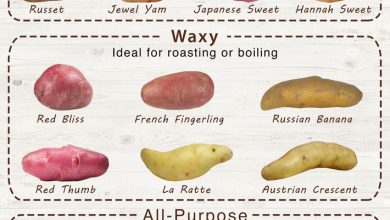Differences between Lavender and Lavender: What are they?
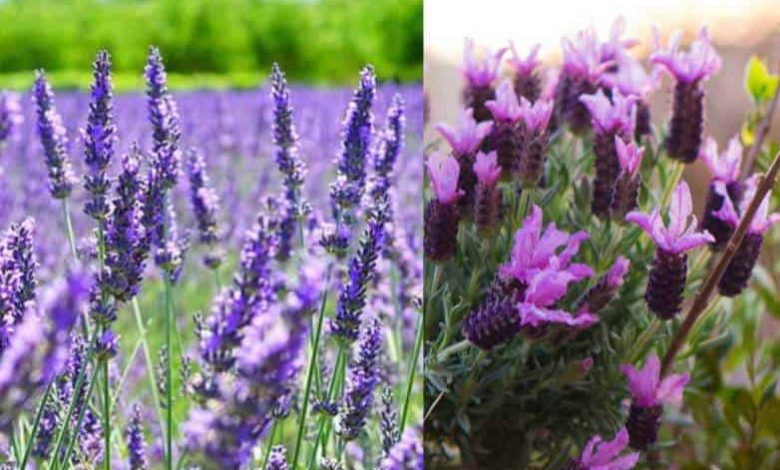
Sometimes we find plants that have many similarities in their physical appearance, but they are not the same.
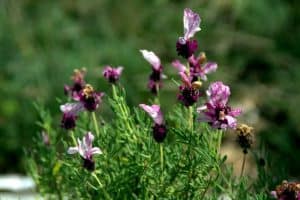 This is what happens between lavender and lavender, so if what you want is to take advantage of the properties of each one, you will have to learn to differentiate them.
This is what happens between lavender and lavender, so if what you want is to take advantage of the properties of each one, you will have to learn to differentiate them.
Do not worry because it is not a complex task, as long as you have the most relevant data at hand.
And since we want to make your life easy, we have done the homework for you. Here we tell you what you need to know.
What is lavender?
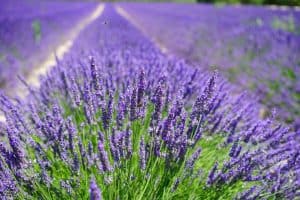 Lavender is an aromatic plant with purple flowers that belongs to the Lamiaceae family.
Lavender is an aromatic plant with purple flowers that belongs to the Lamiaceae family.
It can be found with different variations in the fields, but all belonging to the same family.
It is during the spring that their flowering begins to be noticed, coloring the fields and offering a very pleasant smell to those who are close to them.
This plant has very varied uses at a medicinal level, from being a source of relaxation through aromatherapy to cleaning skin wounds.
Its properties have also been used in work areas such as cosmetics and other types of products such as essential oil.
What is lavender?
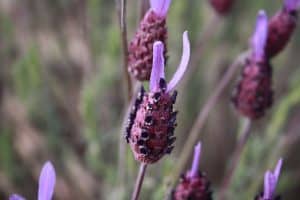 Lavender is a version very similar to lavender, with a bushy character and different colors both at the level of stem and flowers.
Lavender is a version very similar to lavender, with a bushy character and different colors both at the level of stem and flowers.
In the case of the stems, they can be green, silver, or red. It all depends on the placement of the hairs that grow around it.
For its part, the flowers can vary between red, purple and white, depending on the type of lavender in question.
It also has aromatic characteristics that place the scent in a mixture of thyme and lavender, which is why it is also applied in aromatherapy.
Likewise, it has noteworthy properties such as the antibacterial, antiseptic and healing effect. Finally, it is worth saying that it plays a very positive role at the digestive level.
How are lavender and lavender different?
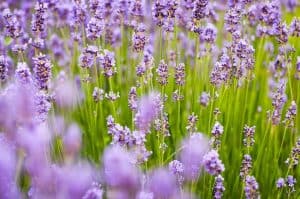 Both species can differ in their physical appearance and medicinal properties.
Both species can differ in their physical appearance and medicinal properties.
But the first thing we have to know is that they belong to the same family as Lamiaceae.
This gives the clear reference that it is normal for confusion to be generated when we are in the field and see them.
Especially if they are planted together. Some points in which they differ are:
- The internal components: lavender has as its main elements linalool, linalyl acetate and terpenes. For its part, lavender contains camphor, ketones, cineol, tannins, resins and flavonoids.
- Uses: Lavender’s primary orientation is towards the mind, wounds, and muscles. The lavender works more than anything at the digestive level and as a controller of negative agents such as bacteria and viruses.
- The smell: lavender gives off its characteristic lavender smell, while lavender seems to be a mix between lavender and thyme, as we saw above.
- The flowers: lavender will always have them in purple tones, while lavender can vary from purple to reddish. White only occurs when the flowers have a condition similar to human albinism.
Both lavender and lavender bloom in the spring and often fill the fields with color and good smell. Differentiating them is key, especially when we are going to give them some medicinal use, because in case of confusing their properties, the inconvenience will not be solved.
And although the internal components are something that cannot be mastered with the naked eye, with a good visualization of the external characteristics you will be able to clearly define each species.
Bibliography and references
- Bergmann, Heide. (2011). Aromatic plants for balcony and terrace. European Hispanic Publisher. Barcelona, Spain.
- Green, Alice. (2007). The book of spices: aromatic herbs and spices. Robinbook Editions. Barcelona, Spain.
- Knight Gimenez, Damiris; Heredia Rudecindo, Daniela; Garcia Gomez, Valeria; Gilabert Sellés, Arturo; Martorell Betanzo, Sara; Vazquez Franco, David. Essences and fragrances. IES Santo Domingo. Cadiz-Spain. Reproduced from: http://www.parqueciencias.com/export/sites/default/comun/galerias/galeriaDescargas/educacion-formacion/CienciaAula/esenciasFragancias.pdf
- Gutierrez Duran, Maria Concepcion; Basante Pol, Rosa Maria. Historical and bibliographic data of the genus lavandula. Complutense University of Madrid. Reproduced from: https://dialnet.unirioja.es/descarga/articulo/587763.pdf
- Bay of Babel High School. (2007). Garden of delights. Alicante-Spain. Reproduced from: http://www.iesbahiadebabel.com/proyectos/medioambiental/assets/pdf/HuertoDelicias.pdf

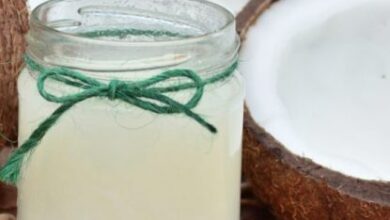
![Photo of Beet Pests and Diseases: [Detection, Causes and Solutions]](https://www.complete-gardening.com/wp-content/uploads/2022/08/beet-pests-and-diseases-detection-causes-and-solutions-390x220.jpg)
![Photo of Garlic Weevil (Brachycerus algirus): [Characteristics, Detection, Effects and Treatment]](https://www.complete-gardening.com/wp-content/uploads/2021/06/Que-es-el-gorgojo-de-los-ajos-390x220.jpg)
